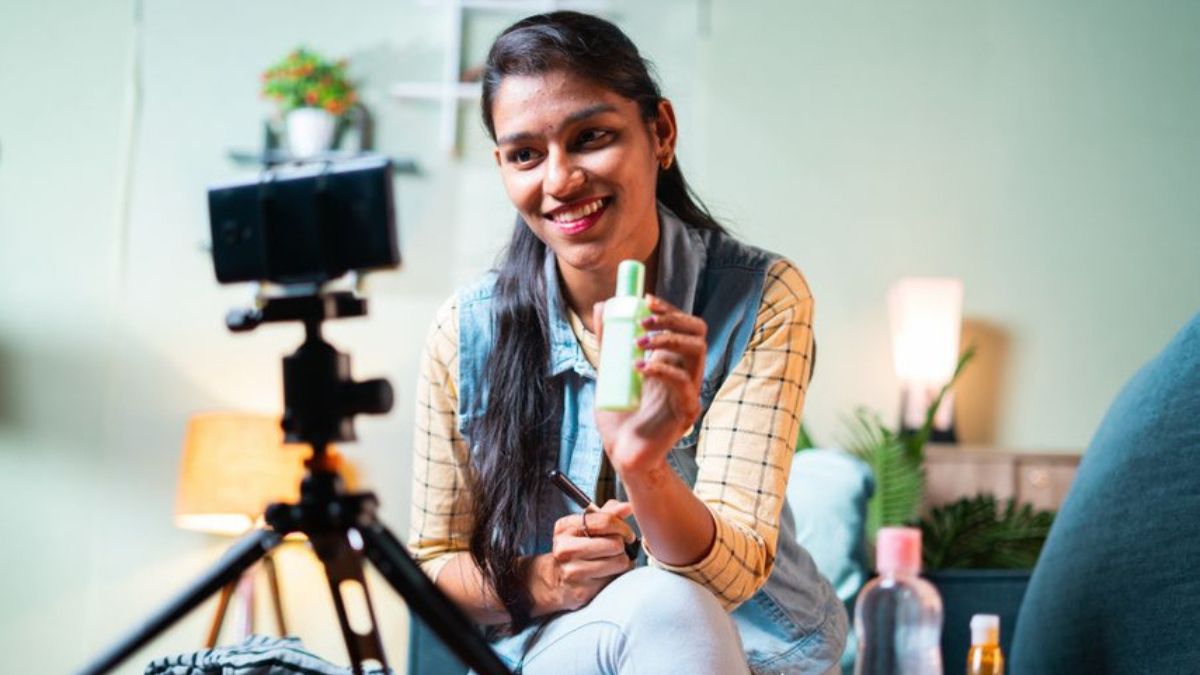The rise of regional voices: How tier-2 influencers redefine cultural capital in digital India

Over the past decade, India’s influencer marketing ecosystem has undergone a dramatic transformation.
What once revolved around a handful of urban, English-speaking creators has expanded into a vibrant, diverse network of voices across the country. Among the most significant developments is the rise of tier-2 and tier-3 influencers: creators from smaller towns and regional cities, who are reshaping the dynamics of digital influence and cultural capital.
India's influencer marketing industry is witnessing unprecedented growth, projected to reach ₹3,375 crores by 2026, marking a 25% increase from 2024. This surge is not confined to metropolitan hubs, but instead reflects a broader democratisation of the digital space, with tier-2 and tier-3 cities emerging as vibrant centres of content creation and cultural influence.
This new wave of influencers has emerged thanks to the confluence of affordable smartphones, low-cost internet, and the growth of short-form video platforms. These platforms have made it easier than ever for everyday Indians—regardless of geography or background—to create and share content.
ALSO READ | WAVES 2025 | Centre celebrates ‘creator economy’ as it honours ‘Create in India Challenge’ winners
Whether it is comedy skits in local dialects, regional fashion tips, or food vlogs from street vendors, content from these creators resonates deeply with millions of Indians who see their own lives reflected in the stories being told.
From metro-centric to region-centric influence
In the early stages of influencer marketing in India, content was dominated by metro-based creators using English or Hindi as their primary language.
The platforms of choice were closed ecosystems like Facebook or niche spaces like Twitter, with a small, tech-savvy audience. The real democratisation began with the arrival of platforms that promoted short, easily-shareable videos, first through applications like TikTok, and later through application features like Instagram Reels and YouTube Shorts.
These formats allowed creators from places like Indore, Patna, Coimbatore, and Guwahati to build massive followings with minimal resources. They didn’t need professional lighting, expensive equipment, or a PR team. They needed only a smartphone, a relatable story, and a connection to their local culture. This authenticity has become their biggest asset.
Cultural capital in the vernacular
Unlike celebrities or metro-based influencers who often cater to a pan-Indian or global aesthetic, regional creators bring a hyperlocal relevance to their content.
They communicate in regional languages and dialects, share stories rooted in their communities, and engage with issues and traditions that reflect India’s diverse cultural fabric. This localised approach fosters a strong sense of community and trust with their audiences.
ALSO READ | Micro dramas are set to be the next big thing in Indian entertainment
These influencers are not just entertainers or reviewers, they are tastemakers, opinion leaders, and cultural ambassadors for their regions.
Their value lies not in massive follower counts, but in the depth of engagement they generate within specific demographics. In doing so, they are redefining what it means to be influential, in a country where regional identity plays a central role in daily life.
Why brands are shifting focus
For marketers, the rise of regional influencers represents a strategic opportunity.
Smaller creators often command higher engagement rates, a (more) loyal following, and lower partnership costs compared to metro-based macro influencers. More importantly, they offer access to the next wave of Indian consumers: aspirational, digitally-active audiences in tier-2 and tier-3 cities, who are fuelling the country’s consumption growth.
Industries such as FMCG, beauty, fashion, tech, food, and personal finance are increasingly leveraging these regional voices to build brand trust and drive conversions. Rather than pushing uniform campaigns across metros, brands are now crafting hyperlocal campaigns tailored to linguistic and cultural nuances.
This shift reflects a deeper understanding: influence is more effective when it feels personal and familiar.
The role of technology and data
Technology has played a pivotal role in making this transition possible.
Advanced influencer discovery and campaign tracking tools allow brands to identify and collaborate with creators in the most remote corners of the country. Data-driven platforms can now evaluate an influencer's relevance not just by follower count, but by engagement quality, regional appeal, and audience sentiment.
ALSO READ | Once you consume our content, you will feel a ‘natural connect’ to India: PM Modi tells the world
This accessibility has allowed brands to diversify their influencer portfolios and go beyond the “usual suspects”.
It also means brands can track the real ROI of influencer campaigns, aligning their investments with measurable business outcomes. As a result, companies are increasingly setting up in-house teams to manage influencer marketing with more control and efficiency.
The road ahead
As India’s digital economy matures, the role of regional voices will only grow stronger.
The next phase of influencer marketing will be defined by depth over breadth: by relevance over reach. Tier-2 creators will continue to shape consumer preferences, cultural conversations and brand narratives across a wide spectrum of industries.
For brands and marketers, the message is clear: the future of digital influence lies not just in metros or in high-gloss campaigns, but in the raw, unfiltered creativity thriving in India’s heartland. Embracing these voices isn’t just smart marketing, it’s a recognition of where the pulse of the country truly beats.
Vaibhav Gupta is the Co-founder and CPO of influencer marketing platform KlugKlug.
The opinions expressed in this article are those of the authors and do not purport to reflect the opinions or views of THE WEEK.
Business